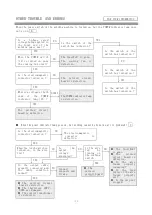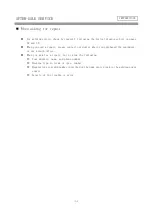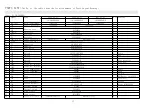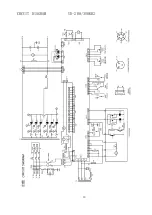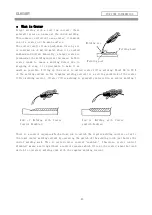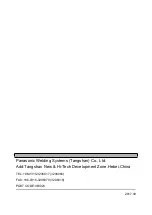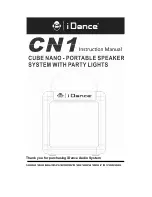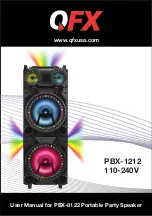
GLOSARY
What is Crater
Except welding with a very low current, there
generally occurs a concave at the end of welding.
This concave is referred to as a crater; it reminds
you of a crater on the moon surface.
The crater results from a push-down force by arc
or contraction of melted metal when it is cooled
down and solidified. Generally, a larger crater is
produced as the welding current increases. As this
crater tends to cause a welding defect due to
wrapping of slag, it is desirable to make it as
small as possible. Filling up the crater is called crater filler welding. About 60 to 70 %
of the welding current so far (regular welding current) is a setting yardstick of the crater
filler welding current. (Crater filler welding is generally referred to as crater welding.)
There is a control sequence which allows you to switch the regular welding current so far to
the lower crater welding current by operating the switch of the welding torch just before the
end of welding work. This is called crater control "enabled."
Therefore, crater control
disabled' means a setting without a control sequence which fills up the crater; when the torch
switch is operated, welding ends with the regular welding current.
FOR YOUR INFORMATION
Welding arc
Welding pool
Welding bead
End
of
Welding
with
Crater
Control Disabled
End
of
Welding
with
Crater
control Enabled
43



